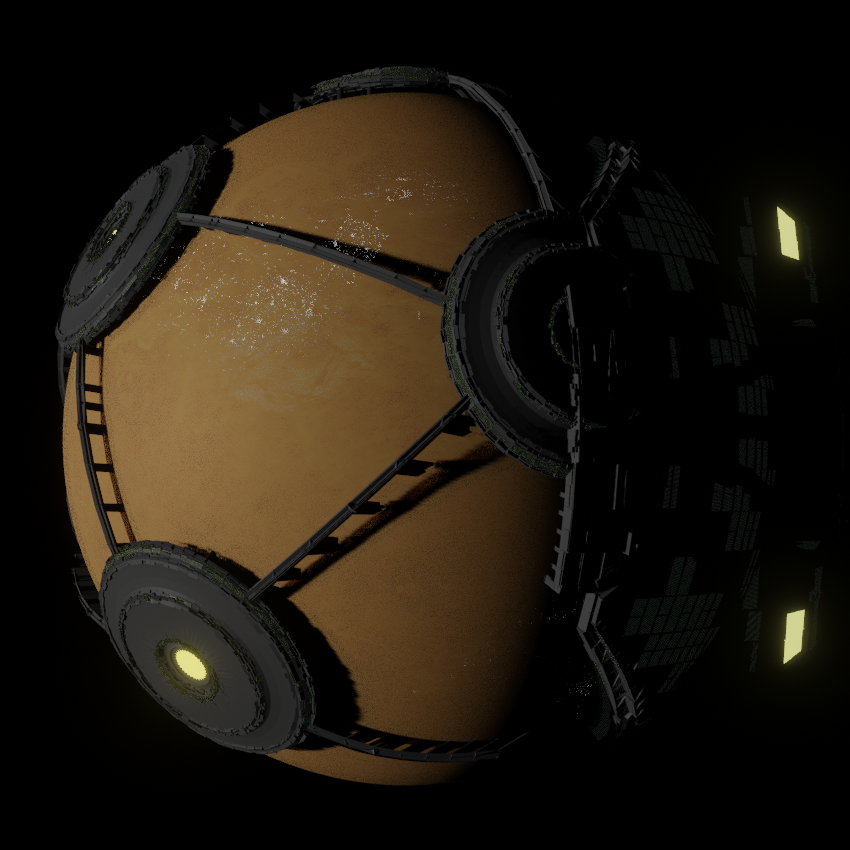Initial creation: Created: 9-9-2023 | Last updated: 1-3-2024 Head back to the main page Head back to the 3371 hub
United Oasesstates of Venusia
United Oasesstates of Venusia

Shot taken by private spacecraft around Venusia
| Alternative names | Venus, Venusia, Father Terra, Sol-2 |
|---|---|
| Adjectives | Venusian, Venusin |
| Interior gravity | 8,87215 m/s² |
|---|---|
| Escape velocity | 10,36 km/s 10.360 m/s Terramach 31 |
| Surface area | Total: 460.200.000 sq km |
| Natural Satellites | 0 |
| Artificial Satellites | 6.260 tracked debris Estimated 400.000 untracked debris Estimated 2.500 waste debris parts 235 active LVO satellites 12 nonactive LVO satellites 915 active MVO satellites 102 nonactive MVO satellites 2 active lagrange-associated satellites 0 nonactive lagrange-associated satellites |
| Atmospheric composition | 91,2% Carbon dioxide 7,9% Nitrogen 0,4% Oxygen 0,5% Other gasses |
| Average outside surface temperature | 465°C 869°F 738°K |
| Population | 84.742.125.232 (as of January 1st 3371) |
|---|---|
| Capital | Haasttebaadtessera |
| Largest city | Oasesstate Epsilon |
| Official languages | English, Venusian |
| Territorial Authority | Venusian Parliamentary Council |
| System of Government | Parliamentary democracy |
| Political ideology | Unified democratic libertairianism |
| Economic ideology | Welfare oriented capitalism |
| Military ideology | Staunch defensive policy |
| Welfare ideology | Government-supported extensive socialist welfare |
| Waste policy | High-priority recycling, waste burning |
| Religions | 81% unaffiliated 15% Atheism 1% Bhuddism 0,8% Technologism 0,7% Islam 0,5% Venusian Christianity 0,2% Judaism 0,7% other, unanswered |
| Currency | Venusian Pound ( ) VEP ) VEP |
The United Oasesstates of Venusia is a Mobile Planet commonly residing in the second band of the Sol system. It is known for the superstructures above its planet's atmosphere, called Oases or Oasesstates which house billions of people. The oases and the mobility megastructure of the planet are connected by various hypersonic, supersonic, and subsonic MagLev networks.
Venusia's mobility megastructure boasts 12 first-main prograde thrust generators arranged in a plus formation two generators wide, at the rear of the megastructure. The center frame of the megastructure harbors 8 second-main thrust generators which are used for manipulating Venusia's lateral, perpendicular, and longitudal orientation relative to the planets' orientation in space. With the exception of Oasisstate Beta, all other oases harbour a third-main thrust generator at their center, offering extra maneuverability.
Lights are visible piercing out into space through the thick Venusian atmosphere as a result of mining operations. Very few people actually live on Venus' surface and the vast majority of infrastructure is related to industry and mining. Despite this, Venusia's capital is located inside a massive habitable dome on the surface.
Etymology
The planet Venus is named such due to its brightness in the Terran night sky, back when humans were still stuck on that planet. It was presumed that this apparent luminosity was a representation of the planets' beauty, and therefore was named after the Roman goddess of love and beauty going by the same name, however now it is well known that the surface of Venusia definitely does not strike as 'loving' and 'beautiful'.
It is worthy of note that 'Venus' is often used to refer to the surface of the Sol System's second mobile planet, while 'Venusia' is used to refer to the megastructure.
Oases

Oases are large round superstructures built above the Venusian atmosphere, harbouring every function of any surface city. There are five Oases on Venusia, each named after the letters of the ancient Greek alphabet. The picture on the right is an image taken on a starship enroute from Venusia to Mercury. The Oasis on the upper left is the Oasis Alpha, located precisely on the north pole. Oasis Epsilon is in the center of the image, while Oasis Beta is in the lower right and Oasis Gamma is in the lower left. Finally, Oasis Delta is to the left of Oasis Epsilon from this perspective, on the far left. Each Oasis has its own parliament and regional councils, which are all part of the Venusian Parliamentary Council. This is the reason why Venusia is called the United Oasesstates of Venusia, as the five Oases are each politically autonomous.
